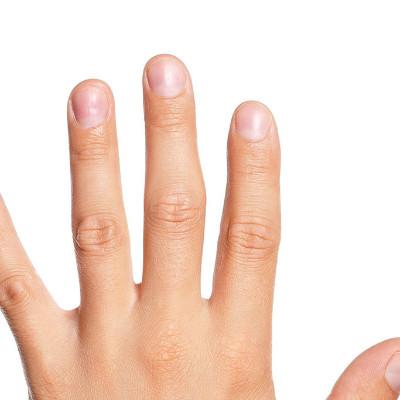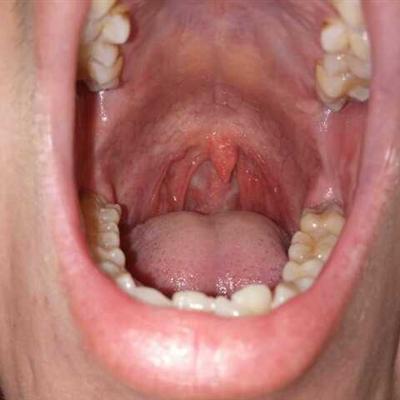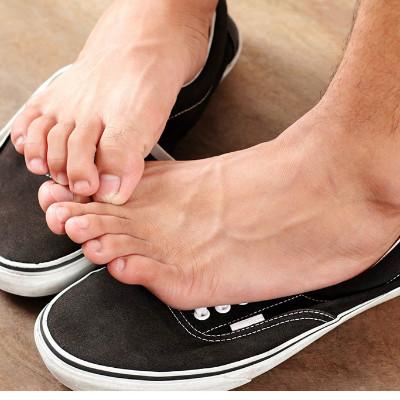What are the symptoms of knee synovitis?
summary
Knee synovitis, also known as knee synovitis, is a multiple disease. It is easy to cause temporary or long-term partial loss of labor force, which is harmful to patients. At present, although there are many effective treatment methods, there are still many patients can not be cured. In particular, some young and middle-aged patients have to bear a lot of social and family responsibilities, while enduring pain for a long time. So, what are the symptoms of synovitis? Now let's follow the experts to understand it.
What are the symptoms of knee synovitis?
Chronic strain or traumatic synovitis of the knee joint, acute synovitis of the knee joint will become chronic if it is not handled properly. Clinically, it is more common in the elderly, people with wet constitution, or patients with varus, valgus or other knee deformities, or patients with Osteohyperplasia of the knee joint. The main complaints of the patients were heavy discomfort of both legs and difficulty in knee extension and flexion, but there were no obvious obstacles in passive movement, no severe pain, no local redness or heat, and no obvious positive signs in knee function examination. The common phenomenon is: in the patellar ligament on both sides of the knee eye bulge, full, with hand touch, where soft, even cystic, joint effusion if more than 10 ml, floating patella test positive.
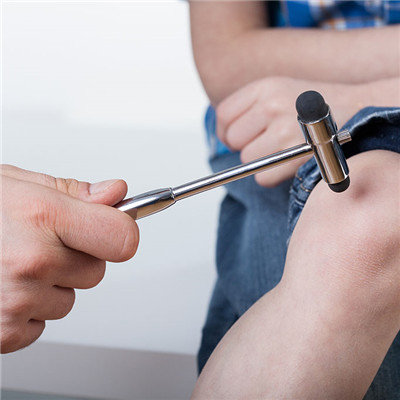
Acute injury, hematoma of knee joint, hematoma of knee joint usually occurs immediately after injury or within 1-2 hours after injury. There are extensive ecchymosis spots on the knee and small leg. There was tension in the skin or swelling during palpation, and the floating danger test was positive. Often have systemic symptoms, such as blood stasis caused by fever, local heat. This disease is often a complication of other injuries. Careful examination should be carried out to prevent missed diagnosis.
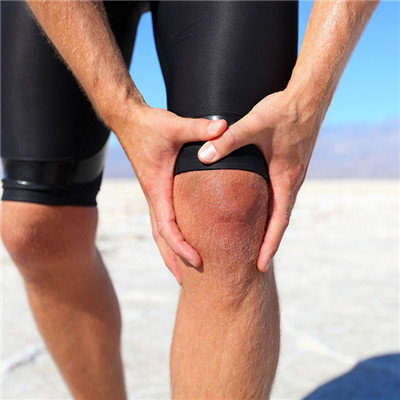
Long term load-bearing chronic strain and other injuries such as direct violent attack on knee joint, long-term load-bearing chronic strain, indirect sprain of knee joint, injury during operation, strenuous sports activities or ultra intensive training, incorrect habitual movements, degeneration of joint itself, knee joint reflexes, and even improper wearing of shoes can cause injury, synovial hyperemia and swelling, Synovial cells are active and produce a large amount of effusion, which contains plasma, leukocytes, phagocytes and so on. Most of the fluid extracted by joint puncture is yellow, clear, or pink with blood, and bacterial culture is negative. X-ray examination showed that there was no abnormality in synovitis bone, or degenerative changes, or intra-articular free bodies, and bone spines at the edge of the joint.

matters needing attention
In order to avoid excessive activity and strain of knee joint, especially those who are engaged in strenuous exercise of both lower limbs (such as dancers, athletes, porters, etc.), we should pay more attention to the combination of work and rest to prevent tissue damage caused by excessive force, otherwise, with the growth of age, it is easy to appear the phenomenon of bone hyperplasia.



